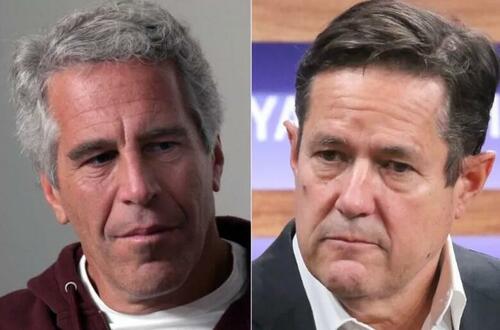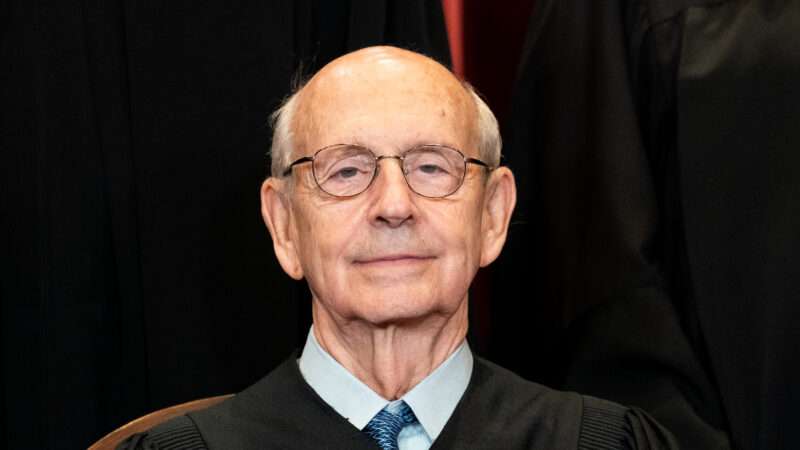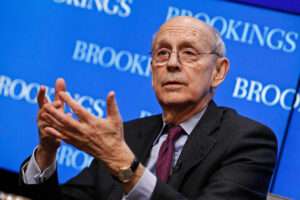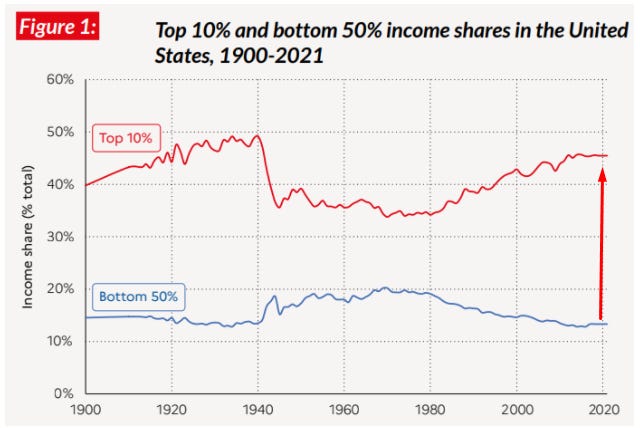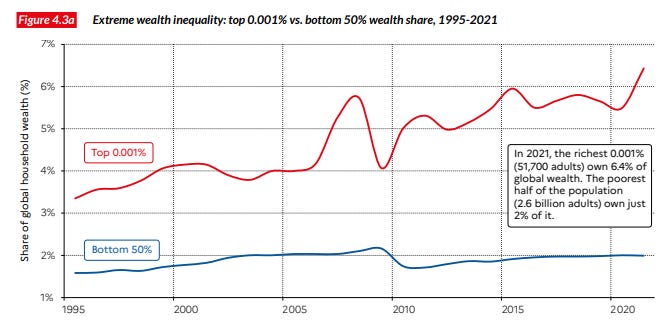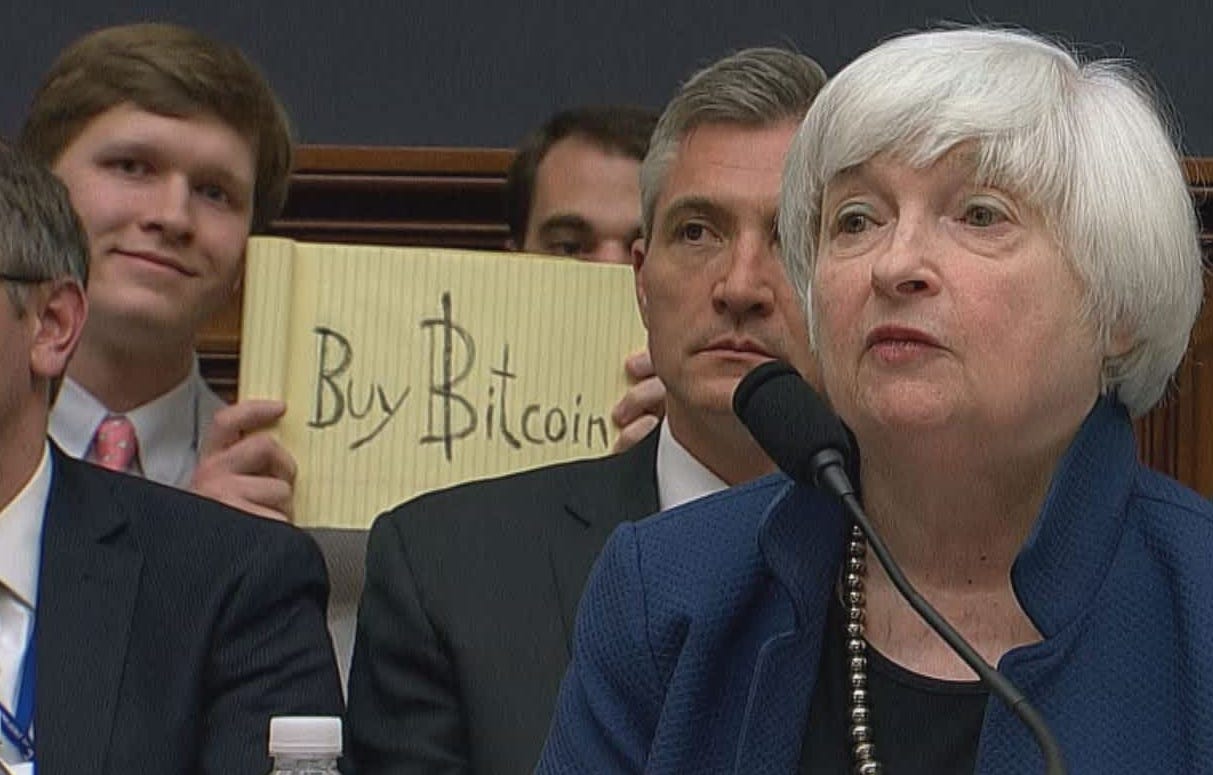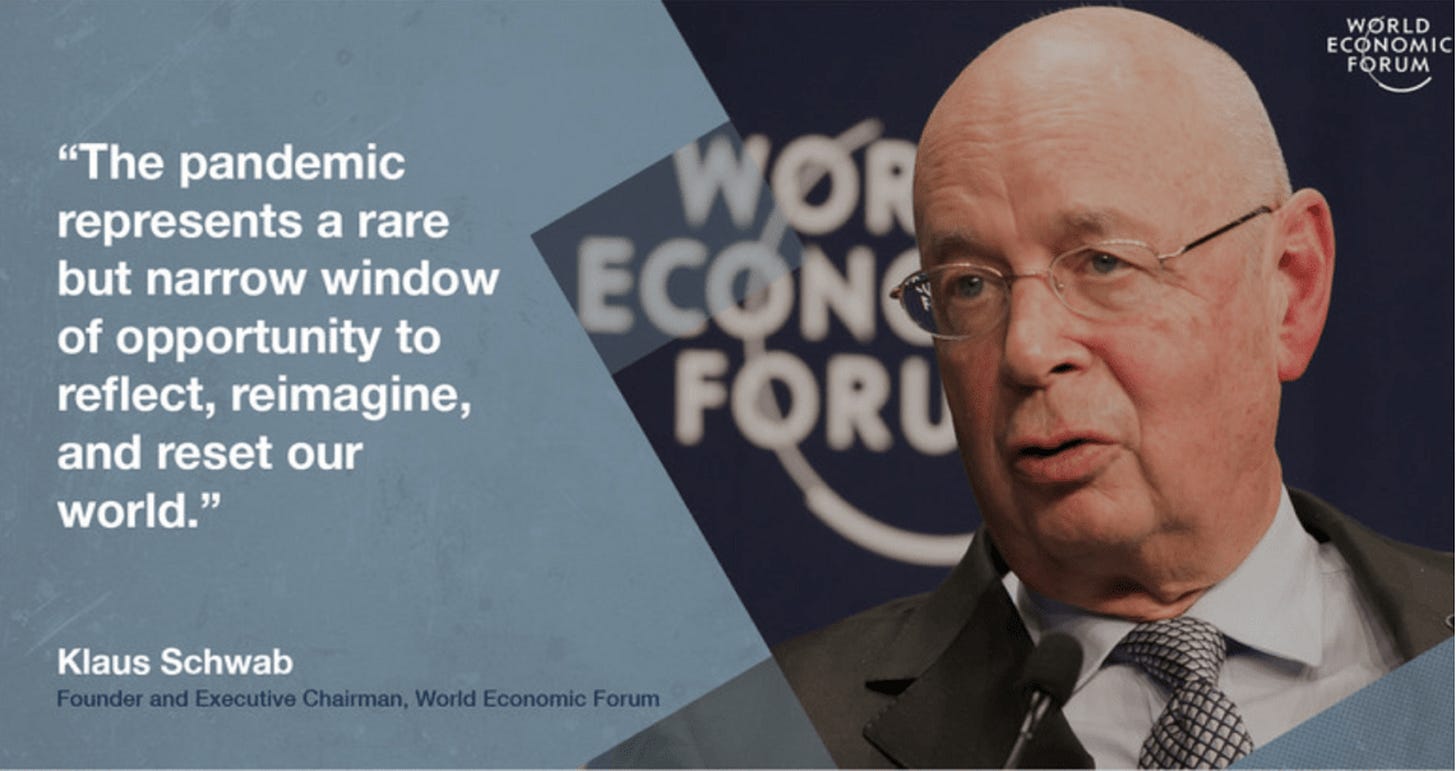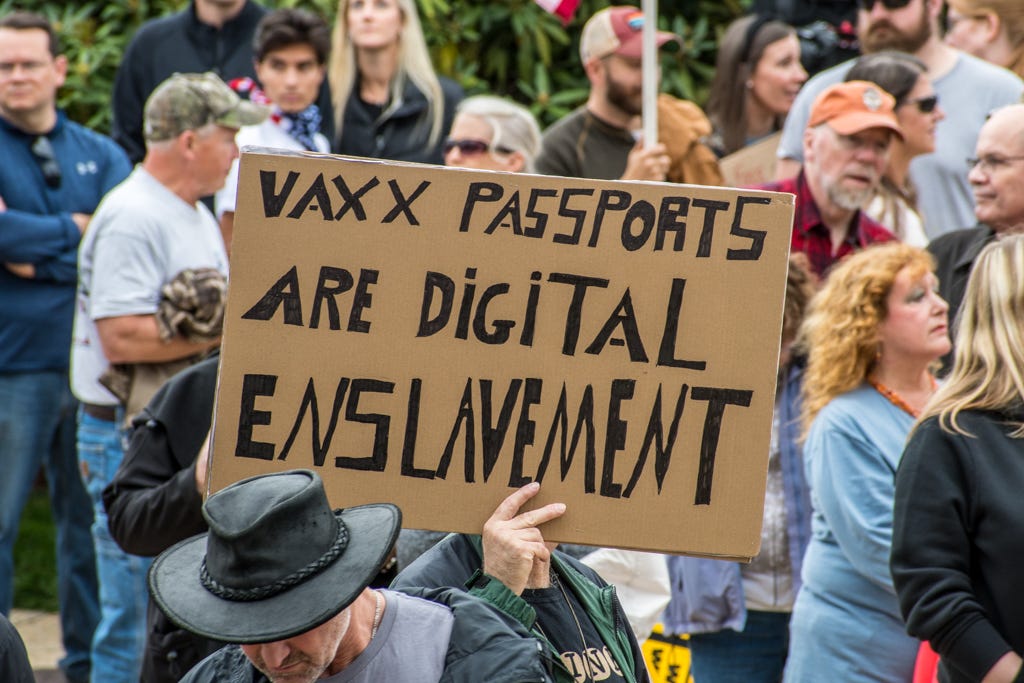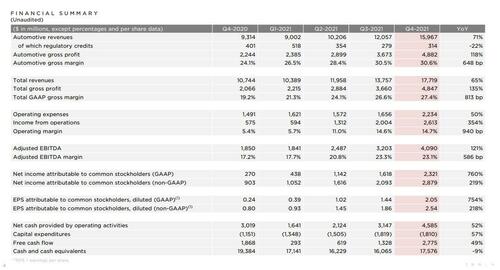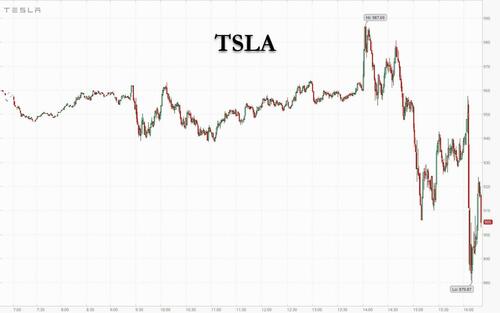From Thompson v. Ragland, decided today by Tenth Circuit, in an opinion by Judge Harris Hartz, joined by Chief Judge Timothy Tymkovich and Judge Scott Matheson:
Rowan Thompson, a student at Metropolitan State University of Denver (MSU), had a classroom dispute with her chemistry professor that ultimately prompted Thompson to drop the professor’s class. But when Thompson emailed her former classmates to express her displeasure with the professor and to suggest that her classmates leave “honest” end-of-term evaluations, Thomas Ragland, MSU’s Associate Director for Student Conduct, allegedly prohibited Thompson from further contacting the professor or even discussing the professor with any students taking any of the professor’s classes….
Thompson has an eye condition that makes her sensitive to light, requiring that she sit in the first three rows of a classroom to see what is written on the white board. She was enrolled in a chemistry class at MSU taught by Dr. Megan Lazorski. On February 4, 2019, Thompson arrived late to the class. Noting that all the seats in the first three rows were occupied, she sat on the floor in the front row. Dr. Lazorski did not approve, interrupting her lecture to instruct Thompson to take a seat. Although Thompson informed Dr. Lazorski about her eye condition, the professor still insisted that Thompson move to a seat, and she had students leave the front row so that Thompson could sit there.
A week later, Thompson again arrived late to Dr. Lazorski’s class. Because all seats in the first three rows were taken, Thompson sat on the floor in the front row, in a space where a desk was missing. Dr. Lazorski instructed Thompson to move to a seat. Thompson said she preferred to sit on the floor in the front row because of her eye condition. Dr. Lazorski responded that the only options were to sit at a desk or leave the classroom. Thompson chose to leave class.
Thompson ultimately dropped Dr. Lazorski’s class because of the seating dispute “and the unlikelihood of it being resolved.” MSU removed the class from Thompson’s record, and the school refunded her tuition for the class. Still, Thompson was dissatisfied with how Dr. Lazorski had treated her. She complained about Dr. Lazorski to various top MSU officials and administrators in a letter. She also requested a mediation of her dispute with Dr. Lazorski, which took place on March 18. During the mediation Thompson was encouraged to fill out evaluation and class-rating forms to address her concerns about Dr. Lazorski’s performance as a professor.
Thompson later realized, however, that she could not submit a review of the class or Dr. Lazorski’s performance because she was no longer enrolled in any of the professor’s classes. She proceeded to send the following email to her former classmates:
Hello everyone, I’m Rowan- some of you may know me as the goth girl who sat on the floor in class. For those who don’t know, I came late to class a couple of times and sat on the floor. It angered the professor enough that I was asked to leave class on the last occasion. A few weeks later, after a mediation attempt between the dean of chemistry and the professor, I had to drop the class to stop further confrontation- over sitting on the floor.
I have heard so many of you say how horrible a time you’re having in this class, that there are some bits that are ridiculous or downright unreasonable. You shouldn’t have to suffer through a class, especially one that is required, and this is not what college is supposed to be like. College is supposed to make us feel excited about our futures and finally learn what we are interested in, not ditch class because we know we won’t learn anything. You don’t need to keep your complaints and troubles private; this is what the evaluations are for. They’re online; the link to fill them out appears when you log into Blackboard, they take only a couple of minutes, are anonymous, and the more detail is said the better. Every issue you’ve had, every complaint? This is when the faculty and university is listening and wants to hear them. Students, including myself, who have dropped the class won’t be able to fill out an evaluation- our voices cannot be heard unless we speak to the deans directly, but I know for a fact that many are afraid to speak face-to-face.
Please, take the few minutes to review this chemistry class and be honest- make the faculty listen to you so that this class can change for the better. If not for yourself, than for those who have had to drop the class, feeling worthless and stupid, or for students who will have to take this class after you.
Hang in there- you’re almost done and then you can leave this semester behind you! ? ?
-Rowan
The complaint alleges that the email did “not involve a substantial interference or material disruption to the work of MSU” and did “not impinge on the rights of any other student.”
On April 25, Thompson received a letter from Ragland informing her that “the Dean of Students Office received reports that [Thompson] may have violated provisions of the Student Code of Conduct”; that these reports concerned “the disagreement between [Thompson] and Dr. Lazorski”; that, specifically, Thompson’s email to her former classmates “may have violated the Student Code of Conduct”; that Thompson had to meet with Ragland; and that Thompson was subject to a “No Contact order” restricting her from communicating with Dr. Lazorski. Ragland’s letter specifically cautioned: “Further, due to the persistent communication and disruption your communication is about Dr. Lazorski (sic), you are restricted from discussing Dr. Lazorski with any student in the CHE 1800 course or any of Dr. Lazorski’s classes, as this would be a violation of the this No Contact Directive (sic).” …
Thompson sued, and the defendants moved to dismiss on qualified immunity grounds; but the court held that what the complaint alleged was a violation of the student’s clearly established First Amendment rights, the court held—of course, if the facts are as alleged, which is the assumption at this stage of the litigation. The court cited the key First Amendment K-12 student cases, and also noted that two college student cases that provided still clearer protection for college students:
In Healy v. James (1972), … [the court] rejected “the view that, because of the acknowledged need for order, First Amendment protections should apply with less force on college campuses than in the community at large.” … But the Court cautioned that “First Amendment rights must always be applied in light of the special characteristics of the environment in the particular case.” And the Court maintained that although students in higher education enjoy the protection of the First Amendment, a university “may expect that its students adhere to generally accepted standards of conduct” that govern “the time, the place, and the manner” of student speech….
The next year, in Papish v. Board of Curators of University of Missouri (1973) (per curiam), the Court considered the expulsion of a graduate student at a public university for her distribution of an underground newspaper that contained a vulgar headline and a political cartoon depicting policemen raping the Statue of Liberty. The university had found that the student had violated provisions of the university’s code of conduct requiring students “to observe generally accepted standards of conduct” and prohibiting “indecent conduct or speech.” But the Court declared that there was not evidence of “any disruption of campus order or interference with the rights of others,” and concluded that the student “was expelled because of the disapproved content of the newspaper rather than the time, place, or manner of its distribution,” thereby violating the student’s First Amendment rights….
We think [all these] precedents clearly establish that Thompson’s complaint adequately states a First Amendment violation. Indeed, this case is, at least at the present stage of the proceedings, an easy one. Thompson’s speech was restricted. And there is no apparent legitimate basis for this restriction.
On appeal Ragland has not argued that Thompson’s communications were vulgar, as in Bethel School Dist. No. 403 v. Fraser (1986) [a high school student case], or otherwise violated valid restrictions on the time, place, or manner of speech, see Healy. Nor has he suggested that Thompson was disciplined for violating the rules for engaging in school-sponsored expressive activity, see Hazelwood School Dist. v. Kuhlmeier (1988), or for advocating unlawful conduct, see Morse v. Frederick (2007) [two other high school student cases]….
The justification for the restriction that Ragland provides in his briefs is that Thompson created disruption. He relies in part on the disruption caused to the two classes Thompson attended when she sat on the floor. Those two classes were in early February 2019. Ragland’s letter to Thompson was in late April. In the interim (sometime after the mediation on March 18) Thompson sent her email to fellow students. A reasonable factfinder could readily determine that the discipline was imposed on Thompson because of the email, not just because of the two classroom incidents that caused minimal disruption and had apparently been resolved by Thompson’s dropping the class.
The other possible cause of disruption was Thompson’s email to fellow students. But there is no evidence of any disruption caused by the email; on the contrary, the complaint alleges that there was no disruption to the work of MSU, and none was mentioned in Ragland’s letter imposing the discipline. Nor could disruption be reasonably anticipated. Thompson merely sent a respectful, noninflammatory email expressing her dissatisfaction with a professor’s performance and encouraging her former classmates to submit “honest” reviews about the class and the professor.
What Ragland argues in his appellate brief is remarkable. He claims that Thompson’s “efforts to encourage other students to give negative evaluations would disrupt Dr. Lazorski’s career and her relationship with her students, as well as [MSU’s] efforts in employing faculty to conduct the class.” … If we were to accept that rationale, there would be no First Amendment protection for criticism of government employees. Moreover, student critiques of faculty members are widely recognized as a useful mechanism for improving college teaching, and the complaint alleges that Thompson was encouraged at the mediation to submit an evaluation of her professor. It was only after she learned that her departure from the class precluded her from submitting her own evaluation that she sent the email encouraging others to do so….
[E]ven if Thompson’s request that her classmates submit evaluations of Dr. Lazorski’s class had played out on campus and in person, it still would have been clearly unlawful for Ragland to discipline Thompson and suppress her speech, as alleged in the complaint. If anything, the fact that Thompson’s speech occurred off campus and online—reducing the speech-to-university nexus and thus MSU’s power to regulate the speech—makes the alleged First Amendment violation clearer, not less clear.
We note, however, that Ragland has not yet had an opportunity to present evidence that might justify his actions. Because the district court disposed of the case on a Rule 12(b)(6) motion, Ragland has not even filed an answer. Our holding today is therefore limited. Ragland may be entitled to qualified immunity at the summary-judgment stage, when a clearer picture of what happened will have emerged….
The post First Amendment Clearly Protects Student Encouraging Classmates to Negatively Evaluate Professor appeared first on Reason.com.
from Latest – Reason.com https://ift.tt/3o3xjUF
via IFTTT
